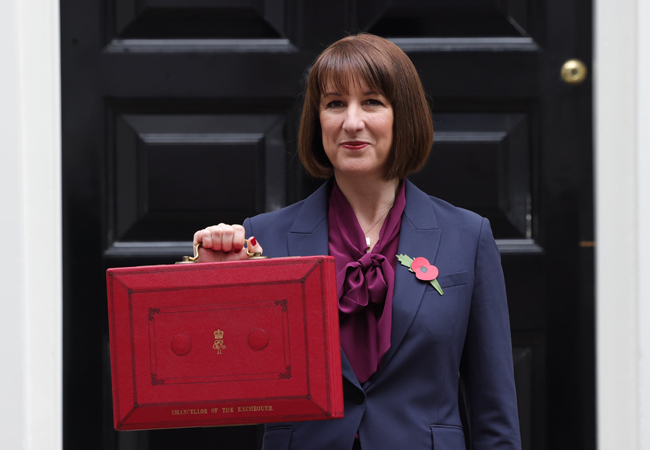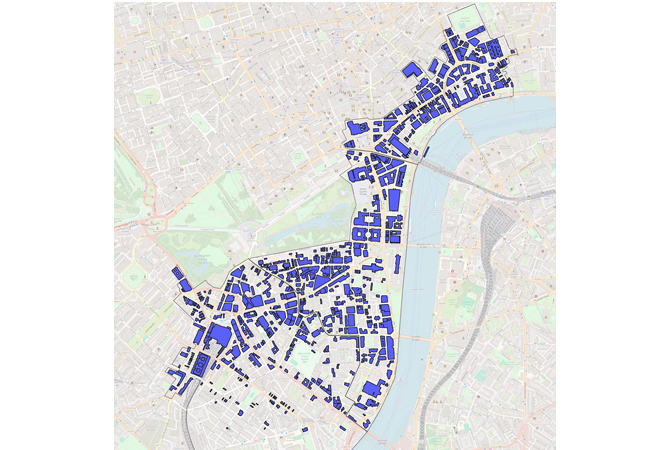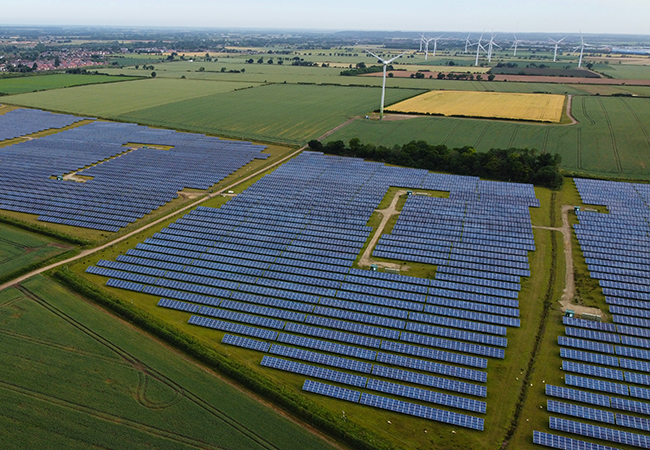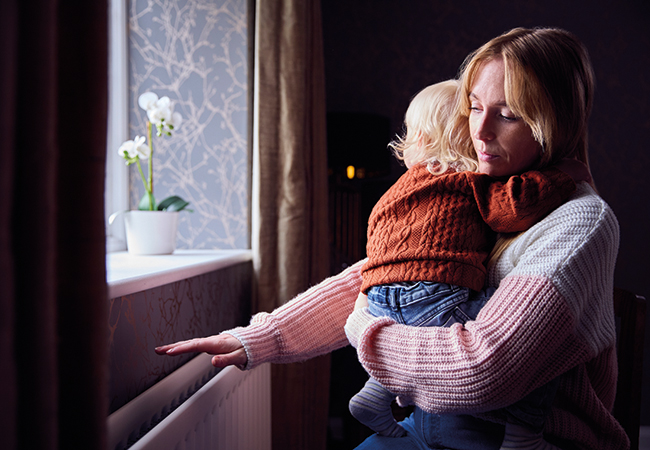Workplaces should consider improving ventilation and air conditioning to ensure the safety of employees in periods of extreme heat, the Health and Safety Executive (HSE) has said.
Following record UK temperatures, the HSE issued a statement saying that under the Workplace (Health, Safety and Welfare) Regulations, employers have to provide a reasonable temperature in the workplace. While there is no maximum temperature for workplaces, all workers are entitled to an environment where risks, such as extreme temperatures, are properly controlled, according to the HSE.
John Rowe, HSE’s acting head of operational Strategy, said: ‘We expect employers to take this recent weather event as the prompt to review how they assess the risk of high temperatures and identify now those changes that will future-proof them. There are low-cost adaptations to the structure of work, but things like improved ventilation and air conditioning should also be considered’.
Ensuring that the UK housing stock is adapted to high temperatures must be an ‘urgent priority’ for the new Prime Minister when they come into office on 5 September, according to the UK-GBC.
It has called for a national rethink on how buildings can be adapted to mitigate the impact of heatwaves that are likely to become more frequent.
Alongside moves to improve energy efficiency and actively reduce water consumption, the government must take steps to ensure homes are liveable and safe in the face of future heatwaves, it said.
These measures include use of shutters to reduce solar glare, reflective paint, water-efficient fittings, and ensuring appropriate ventilation alongside external insulation.
Anastasia Mylona, head of research at CIBSE, said cooling solutions need to be prioritised. ‘Control of solar gains through shading, maximising natural ventilation, and the use of insulation and thermal mass with sufficient night-time cooling have proven to be the most effective passive cooling techniques in hotter climates for centuries,’ she said.
Mixed-mode solutions, featuring natural and mechanical ventilation, could be considered in areas with noise, security and air-quality restrictions, she added. Read more on cooling in extreme heat on page 75




